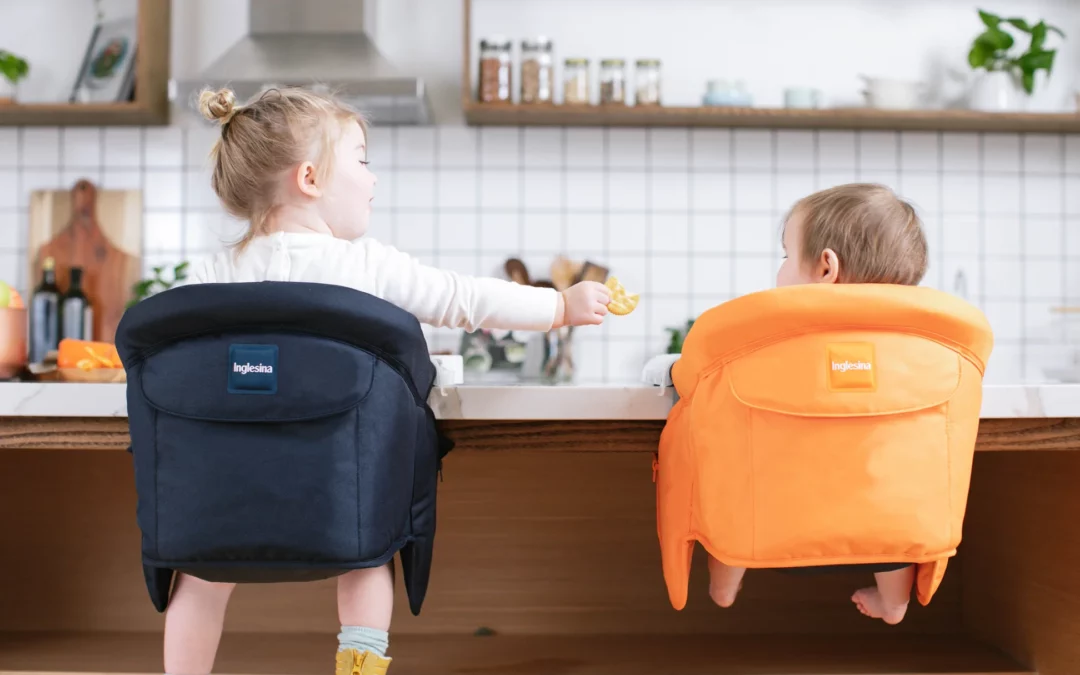Understanding Self-Soothing
Babies crying when put down is a common concern for many parents. However, mastering the art of self-soothing can ease these moments and promote healthy sleep habits for your little one.
What is Self-Soothing?
Self-soothing refers to a baby’s ability to calm themselves down without external assistance. It’s a crucial skill that aids in emotional regulation and promotes independence.
Why Self-Soothing is Important
Encouraging self-soothing helps babies learn to manage their emotions and develop resilience. It also fosters better sleep patterns, leading to more restful nights for both baby and parents.
Identifying the Root Cause
Before addressing your baby’s crying episodes, it’s essential to identify the underlying reasons. Is it hunger, discomfort, overstimulation, or simply a need for comfort? Understanding the cause can guide your response.
Creating a Soothing Environment
Setting the stage for self-soothing begins with creating a calm and comforting environment. Ensure the room is dimly lit, noise levels are low, and the temperature is comfortable for your baby.
Establishing a Consistent Routine
Consistency is key when teaching self-soothing. Establish a bedtime routine that includes soothing activities such as a warm bath, gentle massage, and quiet cuddle time. This signals to your baby that it’s time to wind down and prepares them for sleep.
Gradual Separation
If your baby struggles with being put down, try a gradual separation approach. Start by holding them until they are drowsy but not fully asleep, then gently place them in their crib. This helps them learn to self-soothe in their sleep environment.
Offering Comfort from Afar
While it’s natural to want to comfort your crying baby immediately, sometimes giving them space to self-soothe is beneficial. Offer verbal reassurance from a distance or use a comforting sound machine to provide soothing background noise.
Using Transitional Objects
Introducing a transitional object, such as a soft blanket or stuffed toy, can provide comfort and familiarity when your baby is put down. Encourage them to cuddle with the object during sleep times to promote self-soothing.
Responding with Empathy
When your baby cries, respond with empathy and reassurance. Let them know you’re there for them while also encouraging self-soothing behaviors. This helps build trust and confidence in their ability to manage their emotions.
Staying Patient and Persistent
Teaching self-soothing takes time and patience. Be consistent in your approach and trust that your efforts will pay off over time. Remember, every baby is unique, so what works for one may not work for another.
Seeking Support
If you’re struggling to help your baby self-soothe, don’t hesitate to seek support from healthcare professionals, your OBGYN, or parenting resources. They can offer guidance and personalized strategies to address your baby’s specific needs.
Encouraging Independence
As your baby grows, fostering independence becomes increasingly important. By promoting self-soothing from an early age, you’re laying the foundation for future self-confidence and autonomy. As they learn to calm themselves in various situations, they become more resilient and capable of handling challenges as they arise.
Celebrating Milestones
Each small victory in your baby’s journey to self-soothing is worth celebrating. Whether it’s a few minutes of calm in the crib or a gradual reduction in nighttime wake-ups, acknowledge and praise their progress. Celebrating these milestones not only reinforces positive behavior but also strengthens the bond between you and your baby as you navigate this exciting developmental stage together.
Embracing the Journey
Helping your baby master the art of self-soothing is a journey filled with ups and downs. By understanding their cues, creating a nurturing environment, and offering gentle guidance, you can empower them to develop this essential skill for a lifetime of emotional well-being.




